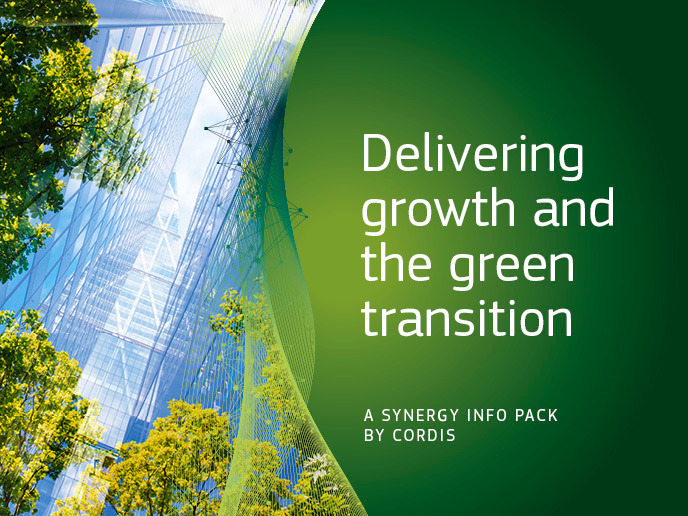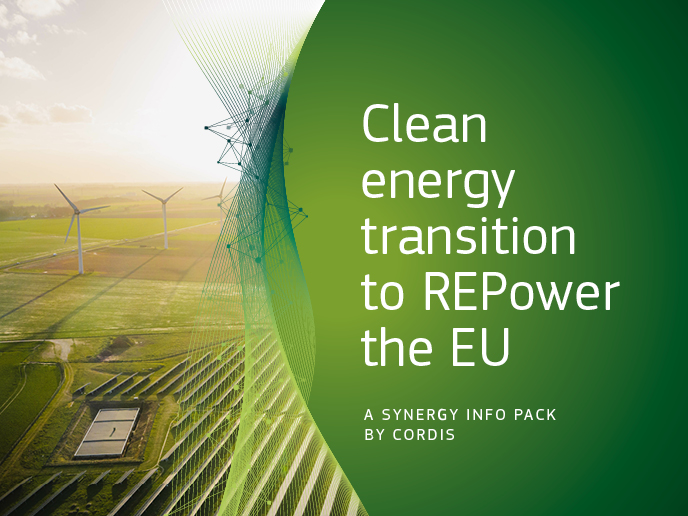Accurate profiles of nitrogen emissions for Turkey
Nitrogen dioxide (NO2) is an important trace gas in the Earth's atmosphere. In the stratosphere, it is involved in the formation of halogen reservoirs and acts as a catalyst for ozone destruction. In the troposphere, NOx together with volatile compounds are key ingredients of ozone formation. Through their role in ozone formation, NOx are relevant for the Earth's radiation budget. Scientists initiated the EU-funded project IMNOXE(opens in new window) (Improvement of NOx emissions through satellite NO2 retrievals and ground observations) to improve NOx emission inventories over Turkey. The accurate profile for this region that had not been developed before will be helpful to complete the European Monitoring and Evaluation Programme (EMEP). IMNOXE scientists combined tropospheric NOx column information retrieved by the European Space Agency's (ESA) Aura satellite and the Environmental Satellite (ENVISAT). The aim was to identify similarities and differences between different satellite data sets and demonstrate their applicability where the number of ground-based observation stations is limited. Specific contributors, including road transportation, residential heating and power plants, were selected to test how they correlate with NOx emissions data. The scientists found that combining data from several instruments as well as ground-based sensors leads to accurate daily emissions for three major Turkish cities. The next step was to incorporate the new data sources into an air quality model. The IMNOXE project has helped scientists understand the strengths and weaknesses of satellite NOx emissions data and offered guidance on how to improve their quality for use in air pollution research. On the other hand, more accurate NOx emissions estimates will lead to more efficient strategies to reduce pollutant emissions in the EU.







